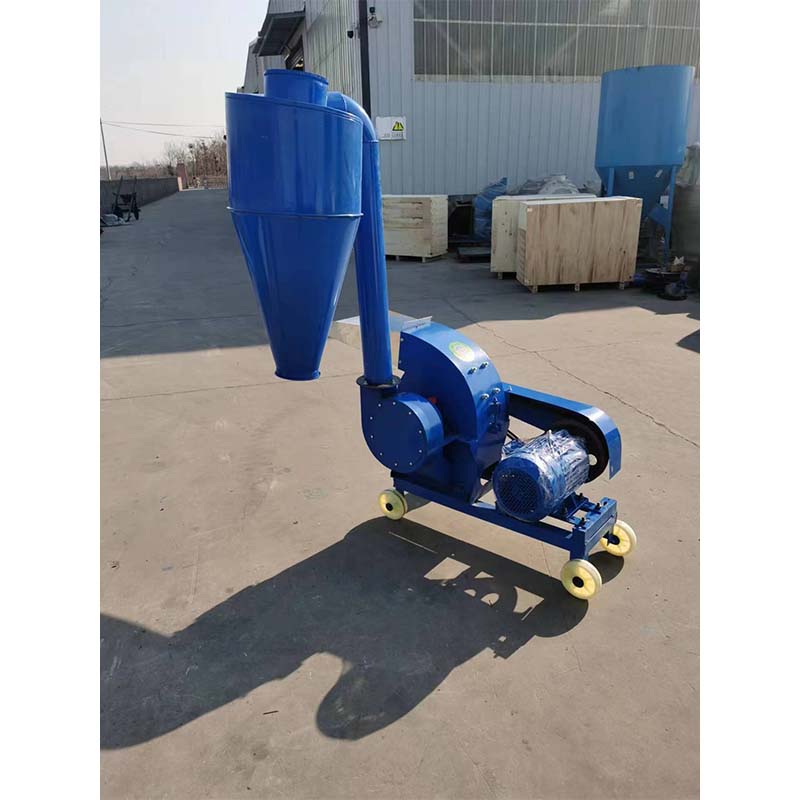feed grain mixer
Oct . 10, 2024 23:11 Back to list
feed grain mixer
Understanding Feed Grain Mixers Essential Tools for Animal Nutrition
In the world of agriculture and livestock management, the proper nutrition of animals is paramount. One of the key components in ensuring that livestock receive a balanced diet is the use of feed grain mixers. These machines play a critical role in the preparation of feed, allowing farmers and producers to create custom blends that meet the specific nutritional needs of their animals.
What is a Feed Grain Mixer?
A feed grain mixer is a specialized machine designed to combine different types of feed ingredients into a homogeneous mixture. This equipment can handle a wide variety of materials, including grains, hay, minerals, vitamins, and various additives. The ultimate goal of using a feed grain mixer is to produce a consistent and nutritionally balanced product that can improve the health, growth, and productivity of livestock.
Types of Feed Grain Mixers
Feed grain mixers come in various types, each suited to different scales of production and specific mixing requirements. The most common types include
1. Vertical Mixers These units have a vertical design and are known for their efficiency in mixing. They use augers to blend ingredients thoroughly, making them ideal for smaller farms or operations that require frequent changes in feed formulations.
2. Horizontal Mixers These mixers are designed with a horizontal trough and are capable of handling larger volumes of feed. The horizontal mixing action ensures a thorough blend and is commonly used in larger feed mills or operations producing bulk feed.
3. Batch Mixers Batch mixers process specific quantities of feed at one time. They are often used in settings where varied formulations are required for different batches of livestock.
feed grain mixer

4. Continuous Mixers In contrast, continuous mixers provide a steady flow of feed, allowing for the ongoing production of mixed feed. This type is preferable for large-scale operations that require a constant supply of animal feed.
The Importance of Proper Mixing
Properly mixed feed is crucial for several reasons. First, it ensures that each animal receives the appropriate balance of nutrients in every bite. Inconsistent mixing can lead to nutrient deficiencies or excesses, which can negatively affect animal health and productivity. For instance, if a certain mineral is concentrated in one part of the feed, some animals may receive too much while others may not get enough.
Second, a well-mixed feed enhances palatability, which encourages animals to eat. Livestock that consume their feed comfortably are more likely to thrive, showing better weight gain and overall health.
Economic Considerations
Investing in a quality feed grain mixer can also have significant economic benefits for livestock producers. By formulating their own feed rations, farmers can reduce feed costs by sourcing bulk ingredients directly, rather than purchasing pre-mixed feeds, which may be more expensive. Furthermore, the ability to customize feed mixtures according to market demands, seasonal changes, or specific livestock requirements allows producers to maximize their operational efficiency.
Conclusion
In conclusion, feed grain mixers are indispensable tools in modern animal husbandry. They enable the creation of tailored feed blends that optimize nutritional intake and support animal health and productivity. With the variety of mixers available, producers can choose the right equipment that fits their specific needs, maximizing both efficiency and economic returns. As the demand for sustainable livestock farming practices continues to grow, employing the right feeding strategies through effective feed mixing will remain a key element in achieving success in the industry.
-
Automatic Feeding Line System-Pan Feeder Nipple Drinker|Anping County Yize Metal Products Co., Ltd.
NewsJul.29,2025
-
Hot Sale 24 & 18 Door Rabbit Cages - Premium Breeding Solutions
NewsJul.25,2025
-
Automatic Feeding Line System Pan Feeder Nipple Drinker - Anping County Yize Metal Products Co., Ltd.
NewsJul.21,2025
-
Automatic Feeding Line System Pan Feeder Nipple Drinker - Anping County Yize Metal Products Co., Ltd.
NewsJul.21,2025
-
Automatic Feeding Line System - Anping Yize | Precision & Nipple
NewsJul.21,2025
-
Automatic Feeding Line System - Anping Yize | Precision & Nipple
NewsJul.21,2025






